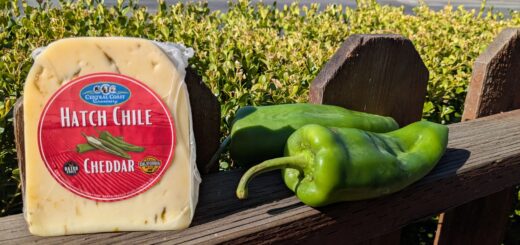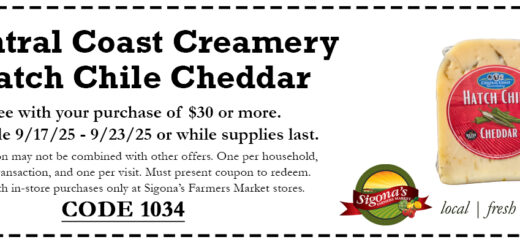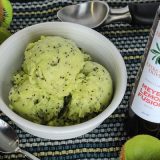Everything You Wanted to Know About Heirlooms
Everything You Wanted to Know About Heirlooms
From pasta sauce, to planting, to picking ’em out!

My Grandpa Sigona grows heirloom tomatoes, among many other fruits and veggies, and has done so for many years. He’s considered the family expert on heirlooms, so for more insider information to share with you, I went to Morgan Hill for a day of heirloom talk.

Heirloom varieties have optimum eating qualities and are very perishable…they bruise easily…but even when they seem over soft, they are juicy and exploding with flavor. They don’t get mealy as some of the newer hybrid varieties do, which are bred for mass production and storage. Traveling to the local farmers markets is really about the far as heirlooms can go.
Picking them out: Even travel to a nearby destination can slightly damage these fragile pieces of our past , but here’s a secret…sometimes it’s the bruised and discounted heirlooms that make the best sauce! They have been on the vine longer and have the greatest flavor. As Grandpa and I know, you can just cut off the damaged part – the rest of the fruit is just fine.
Pasta Sauce: Grandpa Sigona makes a mean pot of ‘sugo’ (which roughly translated means ‘gravy’ in Italian) as he calls it, and says the Purple Cherokees do the best. The Purple Cherokee is a dark red tomato with some spots that are so dark they look black. It’s a very old variety, dating back at least 100 years to Cherokee, Tenn. It has great flavor with a balanced sweet-acidic punch.
While I may be a bit biased, his marinara recipe (which changes a bit each time) is the absolute best. The combination of a mild, low acidic Marvel Stripe and the flavor explosion of a Purple Cherokee mixed together with the just-right blend of jalapenos, onions, bell peppers and fresh herbs is practically perfection. My mouth is watering just thinking about it. His secret? Instead of using sugar t o sweeten the sauce and dampen the acidity, he uses a little ketchup.

Growing heirlooms: After you pick out a large, good looking, nice & ripe heirloom to harvest the seeds from, Grandpa says the rest is easy. Take out the seeds, wash them and then dry them out. In early spring you should start the seedlings inside in small pots. In about five-six weeks they’ll be ready to be transplanted outdoors where they’ll get plenty of direct sunlight. Make sure you stir the soil to make a nice planting patch and water the ground well after the plant is in. Once the blossoms turn to tomatoes, Grandpa leaves them on the vine to ripen until they’re just right to eat. The intensity of their flavor is unmatchable; industrially-grown tomatoes cannot even come close.
From mid-July to the first frost of fall is when heirloom tomatoes thrive throughout the state of California. Some of the more popular varieties you’ll find at Sigona’s are the Brandywine, Cherokee Purple, Black Crimson, Marvel Stripe, Green Zebra and Persimmon. My personal favorite is the Marvel Stripe for its sweet taste and unique yellow base with red streaks – Grandpa grows these too.

The heirlooms we have now are coming in from local farm families such as Phil Foster’s of Pinnacle Farms in Hollister, the Dursts who live and farm north of Sacramento in Yolo County, and the the Wilgenburgs and Balakians near the Fresno area. These long-awaited heirlooms are delicious – ugly as they may be – but remember, you can’t judge a book by its cover!
Picking them out: Even travel to a nearby destination can slightly damage these fragile pieces of our past , but here’s a secret…sometimes it’s the bruised and discounted heirlooms that make the best sauce! They have been on the vine longer and have the greatest flavor. As Grandpa and I know, you can just cut off the damaged part – the rest of the fruit is just fine.










